In the digital transformation era, APIs have become the glue that holds modern tech stacks together. APIs are critical for enabling seamless communication and data exchange between systems. However; the rise of API usage also presents significant security challenges. Effective API access control is the foundation element to protect sensitive data, ensure compliance, and maintain secure interactions across your network. Unfortunately, basic access control is simply insufficient – in this article let’s explore the fundamentals of API access control, key strategies for implementation, and how you can use Integration Platform as a Service (iPaaS) services like MuleSoft to enhance your API security.
Understanding API Access Control
First, let’s understand what access control for APIs entails, and why it is important for secure integrations. API access control is the practice of regulating who can access APIs and what actions they can perform. It encompasses five major components:
- Authentication: Verifying the identity of users or systems attempting to access the API.
- Authorization: Determining what resources and actions the authenticated user or system is allowed to access.
- Encryption: Protecting data transmitted via APIs from interception and tampering.
- Rate Limiting and Throttling: Preventing abuse by controlling the number and rate of API requests.
- Monitoring and Logging: Tracking API usage and monitoring for suspicious activities.
Without robust access control, your APIs are vulnerable to unauthorized access, data breaches, and malicious attacks, which can lead to significant financial and reputational damage. Effective API access control not only protects your sensitive information and maintains regulatory compliance, but also ensures the smooth and reliable functioning of applications by preventing abuse and overuse. Implementing strong access control measures helps your organization safeguard your digital assets, foster trust with users and partners, and maintain a secure and resilient IT infrastructure.
Let’s explore each major component in more detail.
Strong Authentication Mechanisms
Authentication is the first line of defense in API security. Implementing strong authentication mechanisms ensures that only legitimate users or systems can access your APIs. Recommended authentication methods for API access control include:
- API Keys: Simple tokens that identify the client making the request. While easy to implement, API keys should be combined with other security measures for enhanced protection.
- OAuth2: A widely used authorization framework that allows third-party applications to access APIs on behalf of a user. OAuth2 tokens provide a secure way to authenticate and authorize API requests.
- Mutual TLS (mTLS): A method where both the client and server authenticate each other using digital certificates. mTLS provides robust security for API communications. Certificate lifecycle management solutions such as Venafi TLS Protect and Keyfactor Command can help manage and automate the lifecycle of these certificates, ensuring they are always valid and up-to-date.
Authorization: Role-Based Access Control (RBAC)
Authorization determines what actions authenticated users or systems can perform. Role-Based Access Control (RBAC) assigns permissions based on the roles of users within an organization. By defining roles and associated permissions, RBAC ensures that users only have access to the resources necessary for their roles. Our partners, CyberArk and HID, offer a range of solutions that can be used to manage and enforce RBAC policies, ensuring secure and controlled access to APIs within an Integration Platform as a Service (iPaaS), such as MuleSoft.
CyberArk’s Privileged Access Manager (PAM) provides granular control over privileged access to the iPaaS platform itself, preventing unauthorized changes to API configurations. Their Workforce Identity and Identity Governance and Administration (IGA) solutions offer comprehensive identity and access management capabilities, ensuring that only authorized users and applications can access APIs. Additionally, their Application Access Manager (AAM) secures and manages secrets used in API integrations, protecting sensitive data.
HID’s authentication services can enforce strong authentication for API access, while their identity management solutions can be used to define and manage user roles and attributes. Their credential management solutions can also enable secure mTLS authentication for added security.
By leveraging the right solutions from either CyberArk or HID, your organization can implement comprehensive RBAC policies, enhancing security and compliance in their API integrations.
Data Encryption
Encryption is a cornerstone of API security, safeguarding data both in transit and at rest.
- In Transit: Implementing Transport Layer Security (TLS), often in the form of HTTPS, ensures that data transmitted between the client and server remains confidential and cannot be intercepted or tampered with by malicious actors.
- At Rest: Encrypting sensitive data stored within databases or file systems associated with your API adds another layer of protection, making it unreadable to unauthorized parties even if a breach occurs.
Providers like Thales offer comprehensive encryption solutions for both data in transit and at rest, ensuring end-to-end protection.
Rate Limiting and Throttling
Rate limiting and throttling are essential mechanisms for maintaining the availability and performance of your APIs.
- Rate Limiting: This technique restricts the number of API requests a client can make within a specified timeframe (e.g., 100 requests per minute). It helps prevent abuse, such as denial-of-service (DoS) attacks, and ensures fair access to resources for all users.
- Throttling: Similar to rate limiting, throttling controls the rate at which requests are processed. Instead of blocking excess requests outright, throttling slows down the response time for clients exceeding the limit. This can be a more user-friendly approach, especially in situations where legitimate bursts of traffic may occur.
By implementing rate limiting and throttling, you can safeguard your APIs from being overwhelmed, maintain optimal performance, and protect against potential security risks.
Comprehensive Monitoring and Logging
Monitoring and logging are crucial for maintaining visibility into your API ecosystem and detecting any unusual or suspicious activity.
- Real-time Monitoring: Continuous monitoring of API traffic allows you to track usage patterns, identify potential security threats like unauthorized access or anomalies in request patterns, and proactively respond to incidents.
- Detailed Logging: Maintaining detailed logs of API requests and responses provides valuable insights for troubleshooting errors, identifying performance bottlenecks, and conducting security audits. Logs can also serve as evidence in case of security incidents or compliance audits.
Several tools and services can aid in monitoring and logging API activity. For example, Keyfactor can help monitor the status and health of digital certificates used in API communications, ensuring that they remain valid and secure.
API Access Control for iPaaS, including MuleSoft
Integration Platform as a Service (iPaaS) solutions, such as MuleSoft’s Anypoint Platform, offer comprehensive features to enhance API access control and security:
- OAuth2 Integration: Most modern iPaaS platforms natively support OAuth2, an industry-standard authorization framework. This allows organizations to implement token-based authentication and authorization, providing granular control over client access to specific API resources. For example, MuleSoft’s Anypoint Platform seamlessly integrates with OAuth2 to provide this capability.
- API Gateway: A core component of iPaaS solutions, the API Gateway serves as the secure entry point for all API traffic. It acts as a central control point, enforcing security policies, managing traffic (including rate limiting and throttling), and filtering requests based on IP addresses or other criteria. Many API Gateways also support mTLS for enhanced security. MuleSoft’s API Gateway is a prime example, offering these features and more to protect your API endpoints.
- API Policy Enforcement: iPaaS platforms empower organizations to define and enforce custom security policies across their APIs. These policies can encompass a wide range of security measures, such as authentication requirements, authorization rules, data validation, and threat protection mechanisms. This ensures a consistent and standardized security posture across your entire API landscape. MuleSoft’s Anypoint Platform, for instance, allows you to create and apply such policies to your APIs.
- Enhanced Security Features: Many iPaaS platforms offer additional security features to bolster API protection.These may include data encryption for sensitive information, threat protection mechanisms like web application firewalls (WAFs), and secure storage for tokens and credentials. MuleSoft’s Anypoint Security exemplifies this, providing various tools to safeguard your API interactions.
- Comprehensive Monitoring and Analytics: Robust monitoring and analytics capabilities are essential for maintaining visibility into your API ecosystem. iPaaS solutions often provide real-time dashboards, customizable alerts, and detailed reports that offer insights into API usage patterns, performance metrics, and potential security issues. This enables you to identify anomalies, track compliance, and optimize API performance. For example, MuleSoft’s comprehensive monitoring and analytics tools help organizations gain these crucial insights.
By leveraging the security features offered by iPaaS platforms and integrating them with specialized security solutions like those from Venafi and Keyfactor, organizations can establish a robust and multi-layered security framework for their APIs. This ensures the protection of sensitive data, adherence to regulatory requirements, and the overall reliability and resilience of their API infrastructure.
Common API Access Control Failures
Even with strong frameworks and tools available, many organizations still experience recurring API security gaps that undermine their broader access control strategy. Understanding these common failure points can help security teams proactively harden their environments and avoid the types of oversights frequently exploited during real-world attacks.
Weak or Inconsistent Certificate Management
APIs depend heavily on certificates for TLS and mTLS. Without the visibility and control provided by advanced certificate lifecycle management (CLM), organizations frequently experience:
- Unexpected outages from expired certificates
- mTLS configurations that silently degrade to one-way TLS
- Orphaned certificates that remain valid long after workloads are retired
- Certificates issued outside approved CAs
CyberArk Machine Identity Security and Keyfactor automate certificate enrollment, renewal, revocation, and policy enforcement, preventing both silent failures and exploitable gaps.
Hardcoded Secrets, Keys, and Tokens
Developers commonly embed API keys, client secrets, and credentials directly in unsecured locations, including:
- Application source code
- CI/CD pipelines
- Git repositories
- Containers and Lambda functions
If compromised, these secrets and credentials can allow bad actors to access internal APIs and sensitive data. Solutions such as CyberArk Application Access Manager (AAM) eliminate hardcoded credentials by injecting ephemeral secrets at runtime, rotating them automatically, and providing audit trails for every machine-to-machine credential request.
Unmanaged Machine Identities
Machine-to-machine traffic now vastly outnumbers human identities in most environments. APIs communicate across:
- Microservices
- Containers
- Serverless workloads
- Service meshes
- Integration platforms
When machine identities (certificates, keys, workload identities) are unmanaged, attackers can impersonate services, poison trust relationships, or exfiltrate sensitive data.
Integrating Certificate Lifecycle Management (CLM) and Public Key Infrastructure (PKI) with MuleSoft
Certificate Lifecycle Management (CLM) and Public Key Infrastructure (PKI) play a crucial role in enhancing API access control within MuleSoft environments. By incorporating these foundational security platforms, organizations can establish a framework for secure and efficient API communication.
Automated Certificate Management:
Integrating CLM solutions with MuleSoft automates the entire lifecycle of digital certificates used for API authentication and encryption. This includes automated issuance, renewal, and revocation of certificates, ensuring that API endpoints always possess valid credentials. Automated CLM processes reduce the risk of expired certificates, a common source of security vulnerabilities, and minimize the administrative overhead associated with manual certificate management.
Leading CLM providers like Venafi and Keyfactor offer comprehensive solutions that seamlessly integrate with MuleSoft’s Anypoint Platform. These solutions streamline certificate management, providing visibility into certificate inventories, automating renewals, and alerting administrators to potential issues.
Mutual TLS (mTLS) Implementation:
PKI-based digital certificates form the foundation for implementing mutual TLS (mTLS) authentication within MuleSoft. Unlike traditional TLS, where only the server is authenticated, mTLS requires both the client and server to present valid certificates. This provides a higher level of security by ensuring that only trusted clients can establish connections with your APIs.
Venafi’s TLS Protect Cloud (now part of CyberArk’s Certificate Manager portfolio), in conjunction with MuleSoft, facilitates seamless mTLS implementation. It ensures the proper issuance, validation, and management of client and server certificates, enhancing the overall security posture of your API ecosystem.
Centralized Management and Visibility:
Combining CLM and PKI with MuleSoft’s Anypoint Platform offers centralized management of API security policies and certificates. This unified approach simplifies the administration of security controls, ensures consistent enforcement of policies across all APIs, and provides comprehensive visibility into certificate usage and lifecycle events.
Keyfactor’s Command platform can be integrated with MuleSoft to achieve this centralized management. It provides a single pane of glass for monitoring and managing certificates used in API communication, enabling administrators to proactively identify and address potential security risks.
By leveraging the combined capabilities of CLM, PKI, and MuleSoft, organizations can establish a robust and secure API infrastructure. Automated certificate management, mTLS authentication, and centralized control through platforms like Venafi and Keyfactor significantly enhance API access control, protecting sensitive data and ensuring compliance with industry regulations.
Elevate your API Security
Although MuleSoft is the leading iPaaS for many industries, the same principles can be applied to other iPaaS platforms such as Boomi. Effective API access control is critical for protecting sensitive data, ensuring compliance, and maintaining secure interactions between systems. By implementing strong authentication mechanisms, role-based access control, rate limiting, data encryption, and comprehensive monitoring, organizations can significantly enhance their API security posture.
The complexity of modern API landscapes demands a robust security strategy. By understanding and implementing the core components of API access control – strong authentication, role-based authorization, data encryption, rate limiting,and comprehensive monitoring – you can fortify your APIs against unauthorized access, data breaches, and malicious attacks.
Ready to take the next step?
Accutive Security’s expertise in API access control can guide your organization towards a more secure and resilient API ecosystem. Our team will work with you to:
- Assess: Thoroughly evaluate your current API infrastructure and identify potential vulnerabilities.
- Design: Develop a customized API access control strategy tailored to your specific needs and risk profile.
- Implement: Assist with the implementation of tailored security solutions, including those from our marketing leading partners including Venafi, Keyfactor, CyberArk, HID, Thales, and MuleSoft.
- Manage: Provide ongoing support and monitoring to ensure your API access control measures remain effective and up-to-date.
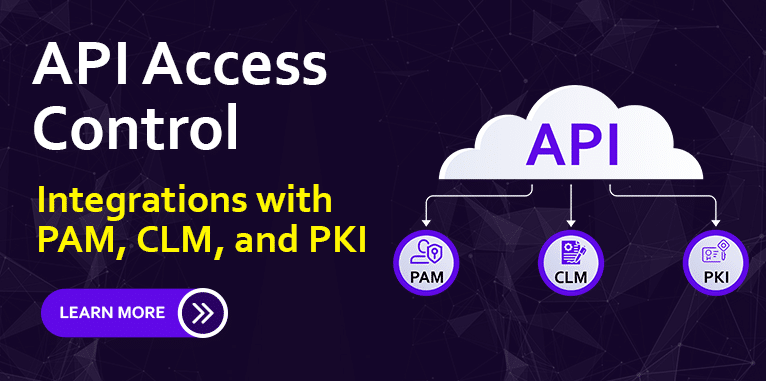

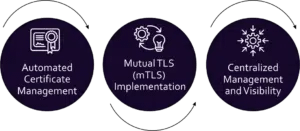
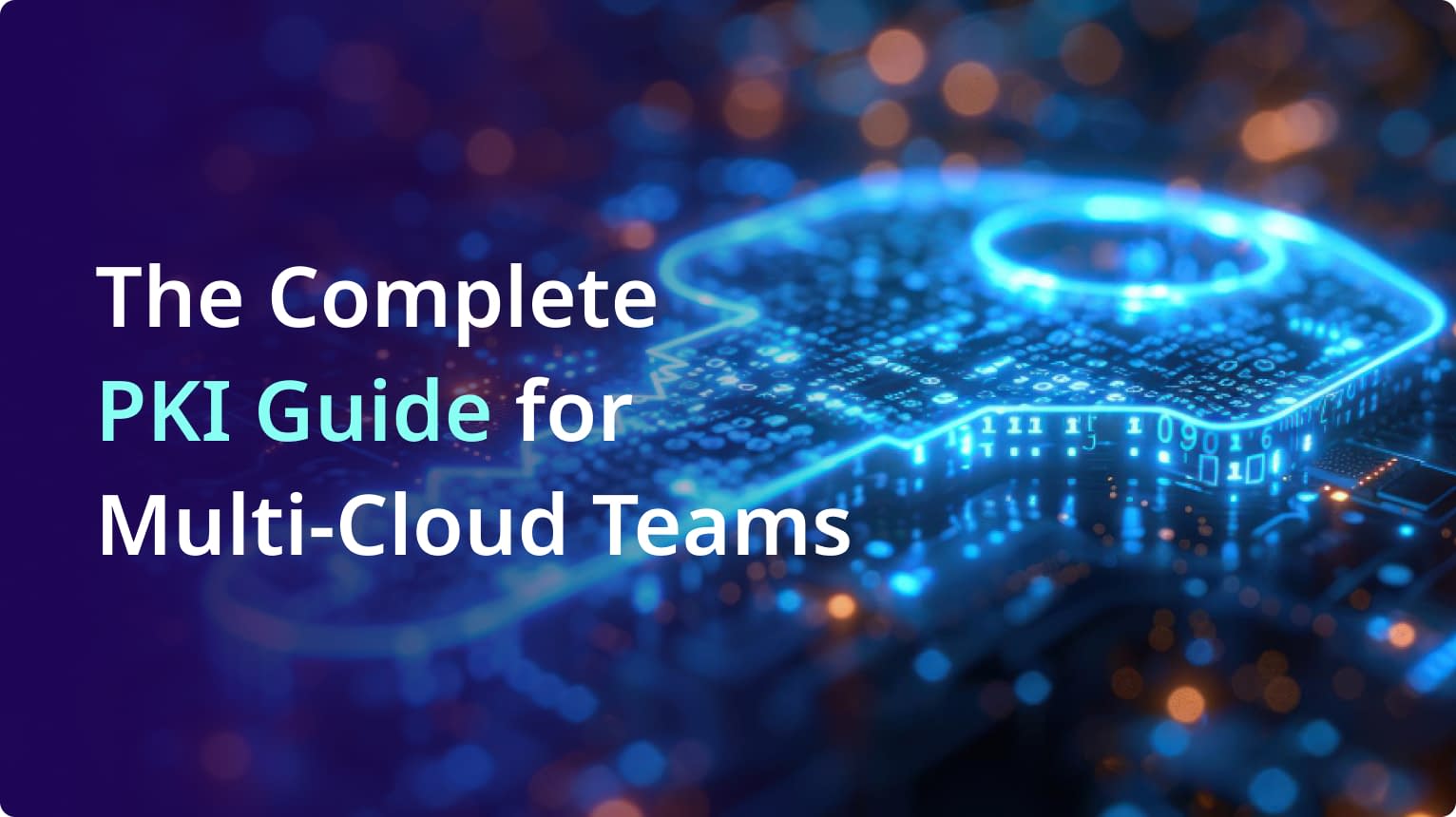
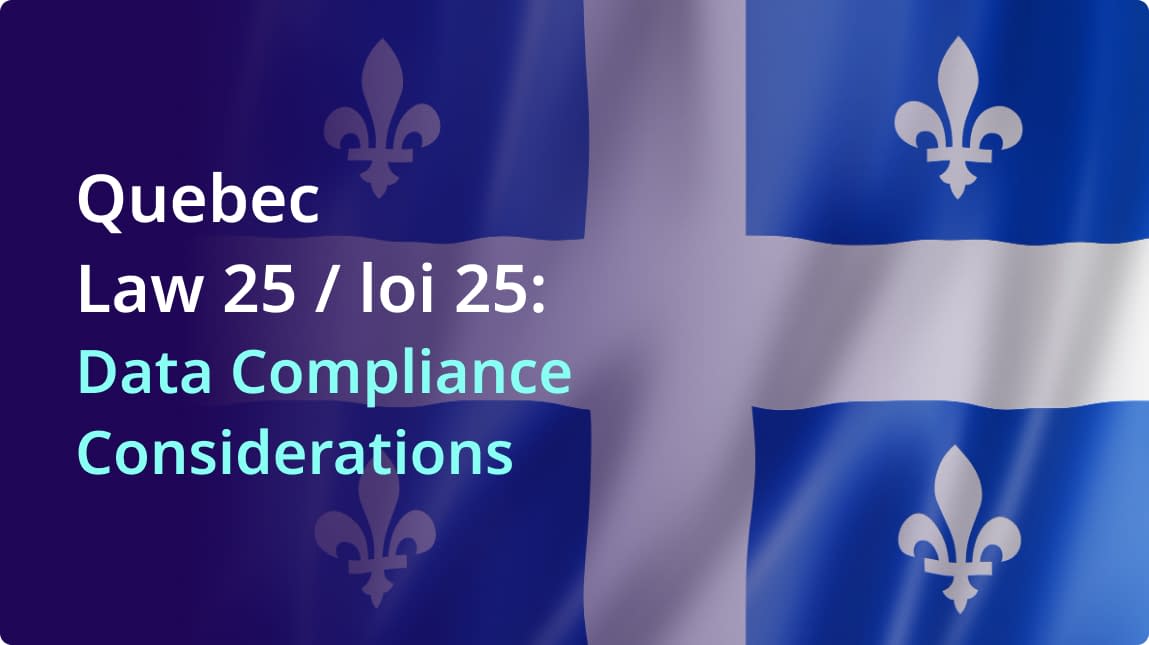
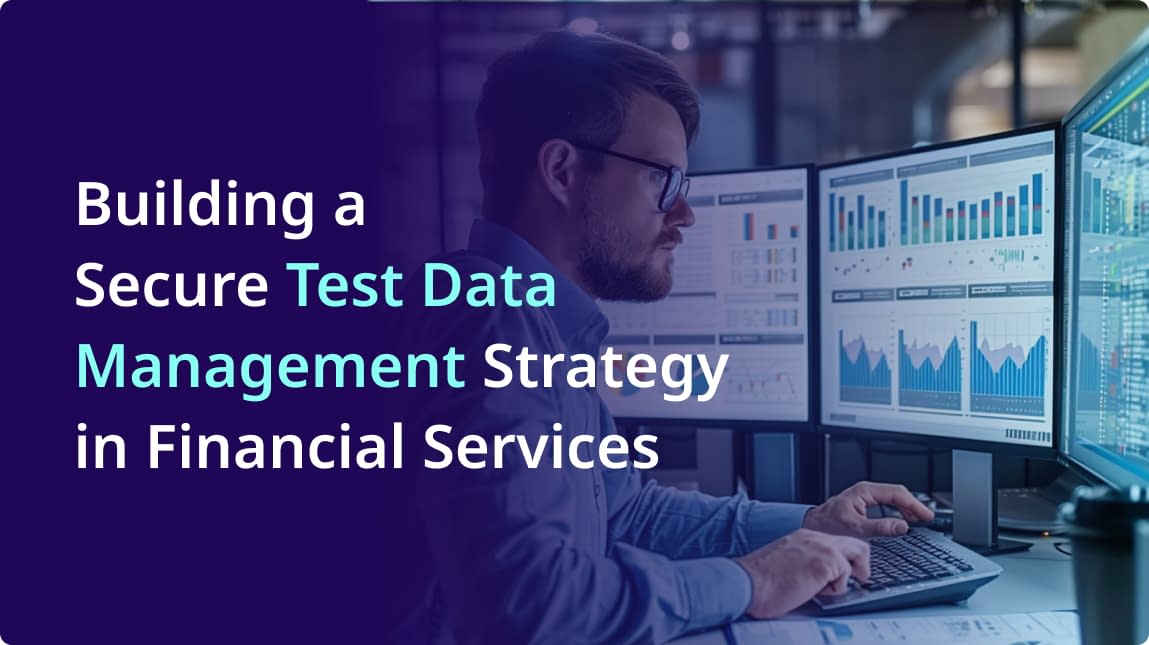
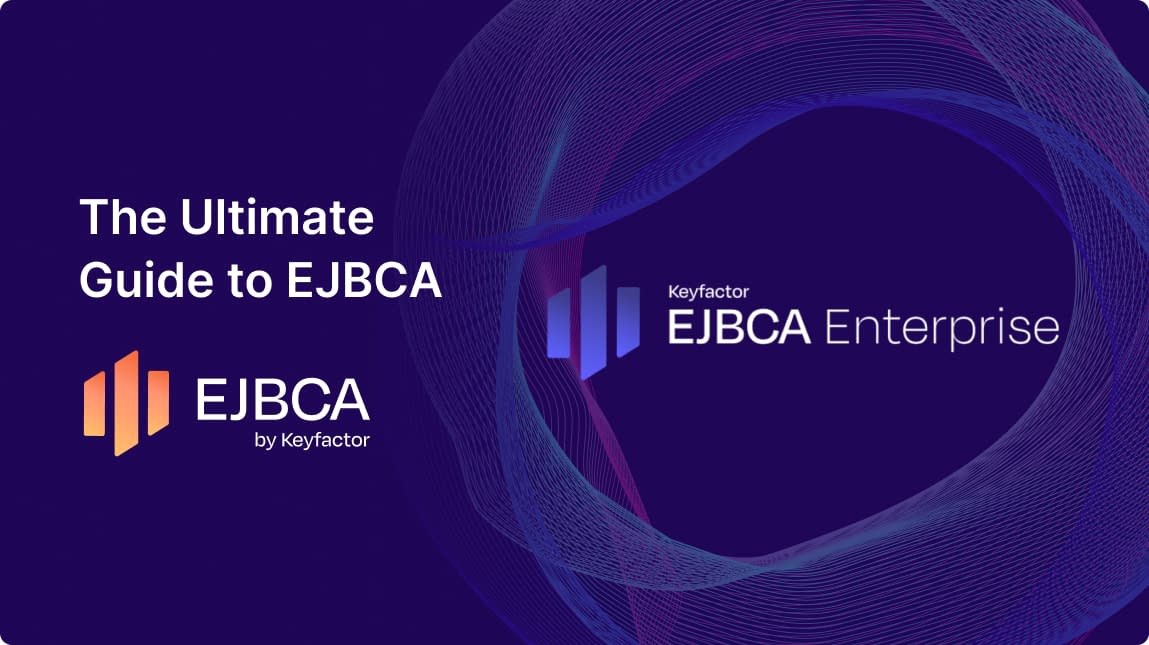
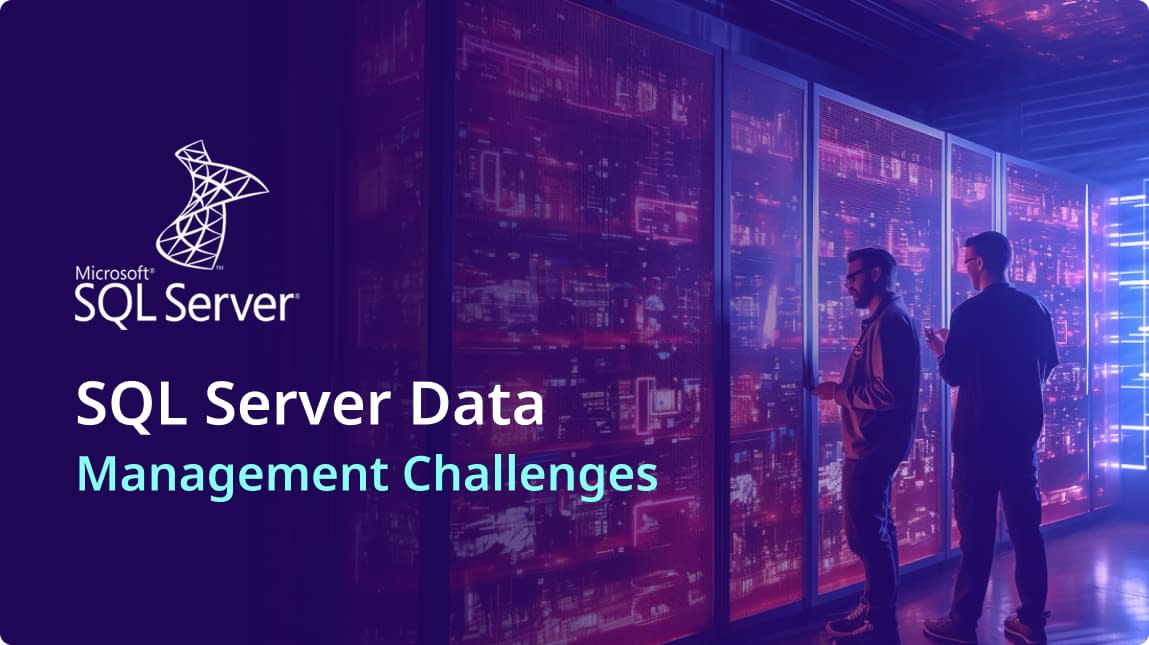
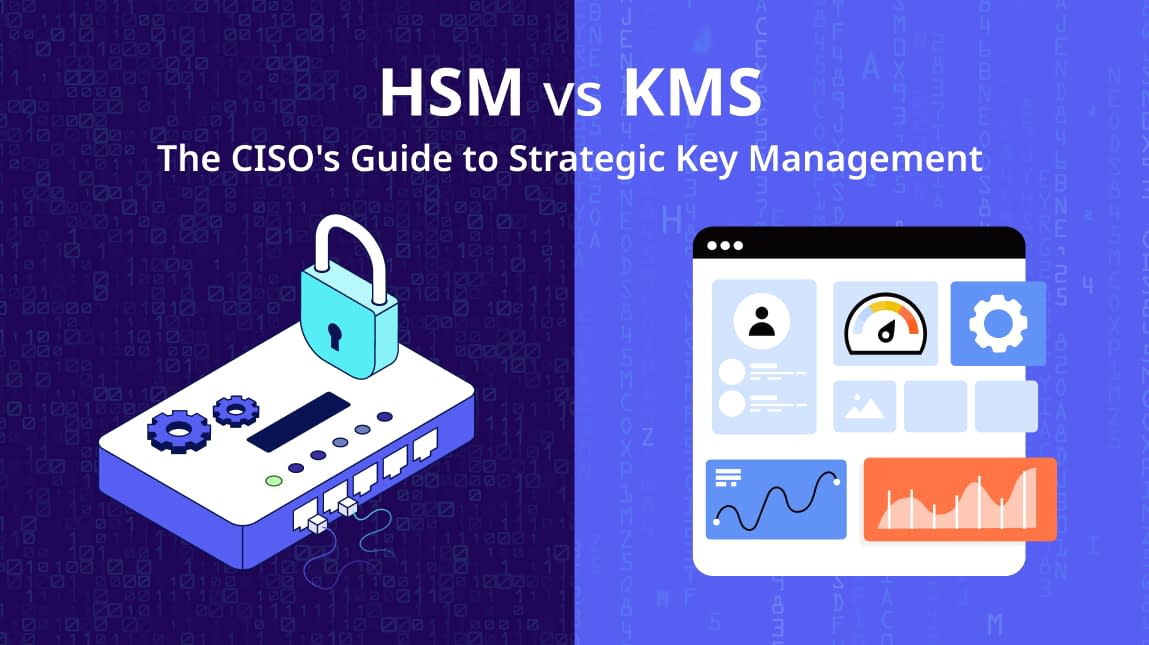

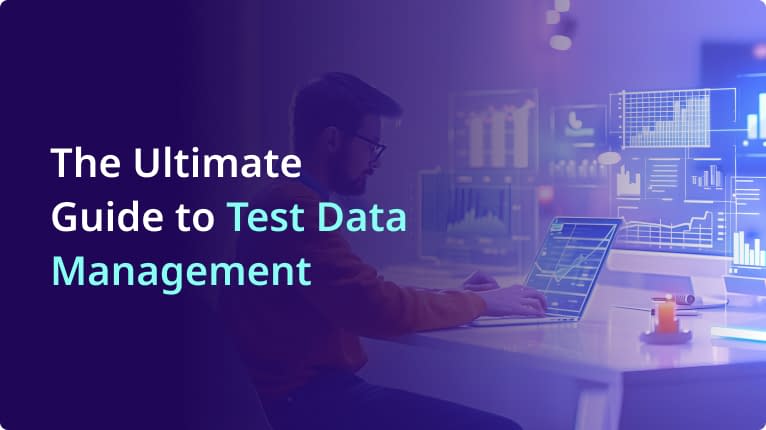
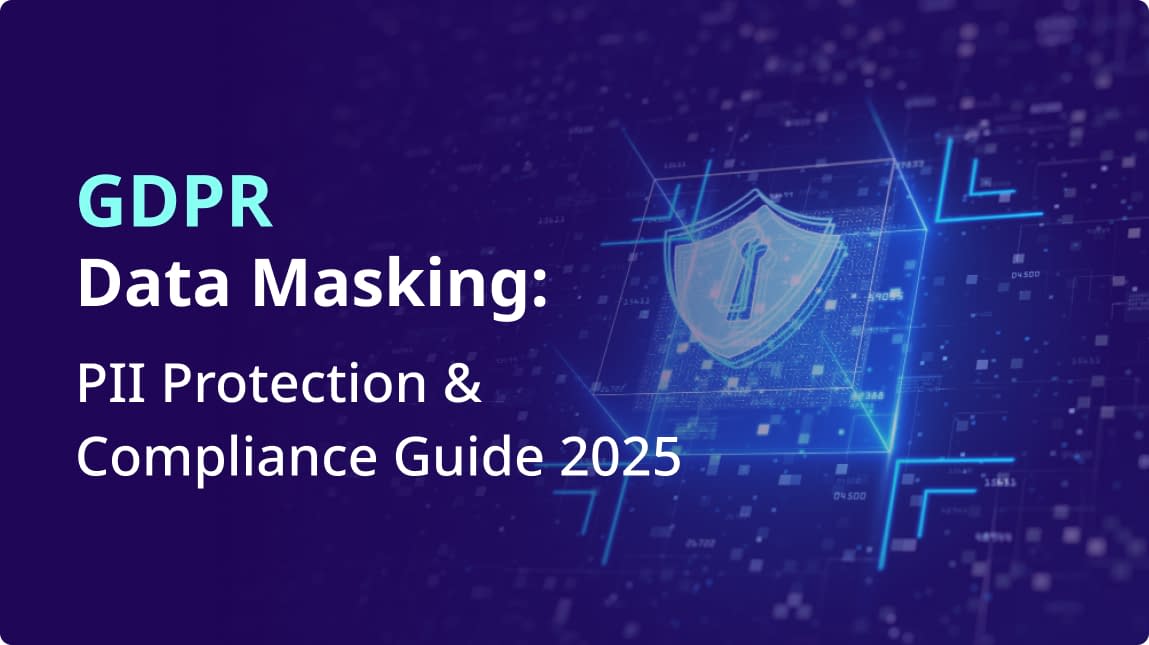
Comment